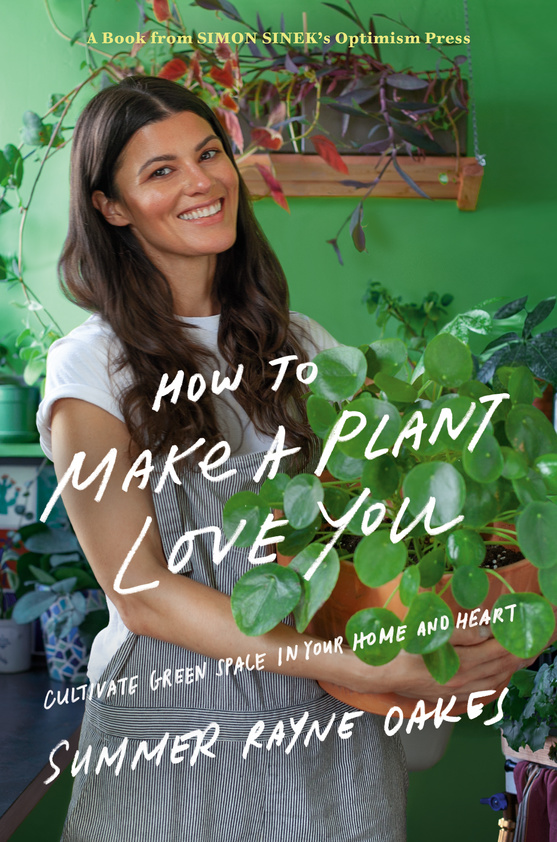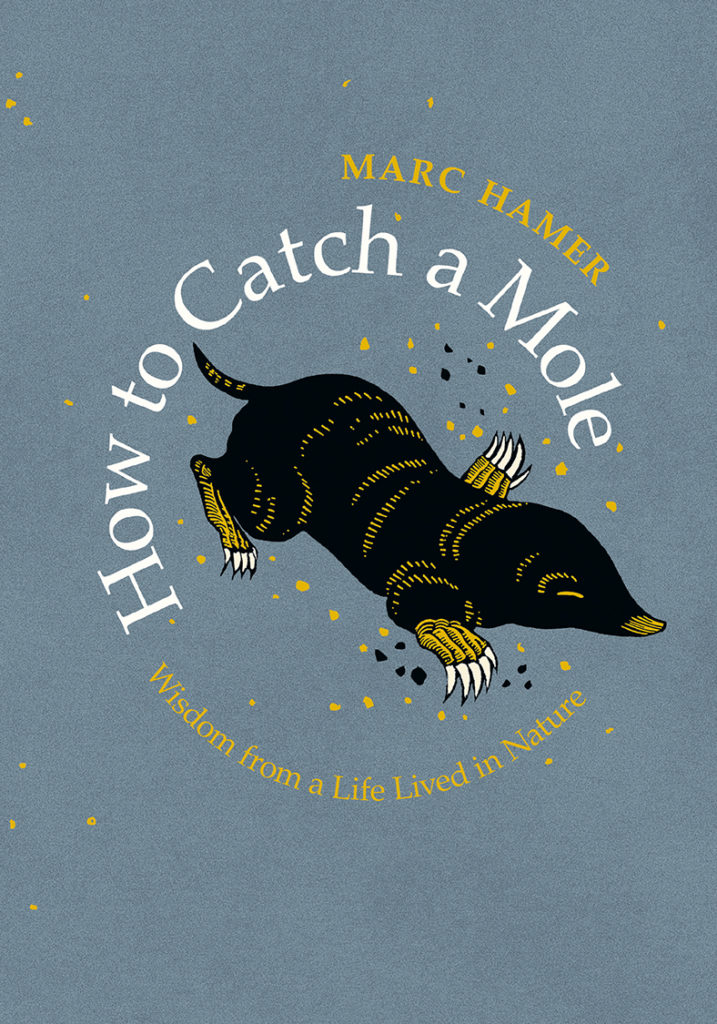I had a heck of a time coming up with a title for this post because none of the three books I’m reviewing exactly fall in the same category, even the category of garden books. What they have in common is the value (no, necessity) of experiencing and appreciating nature.
Let’s take them in reverse order.
How to Make a Plant Love You by Summer Rayne Oakes (Optimism Press 2019)

This book from the founder of the Homestead Brooklyn blog and Plant One on Me youtube channel might be confused with the avalanche of plant parenting, houseplant care books that are flooding the market this year. But, it is so much more than that. I had a chance to talk with Summer during the annual garden writers meeting in September, and she said she thinks of the book as a “relationship guide.”
An entomologist by training, she wants readers to understand why we crave plants in our environment—and it’s not just because of all the pretty plant pictures on Instagram. The book begins with her growing up years during which she had the freedom to explore the woods around her family’s home in Pennsylvania, learning about the plants, insects and amphibians that lived there. A move to New York City left Summer longing for plants, so she began collecting them, eventually caring for 1,000 plants from several hundred species in her apartment in Brooklyn. Her work has taken her around the world, where she has encountered other plant lovers, who are attuned to plants, their needs and their affect on us.
A lot of what she is encouraging is the slowing down that is essential in plant care. You have to notice the plant, know what it is and what it needs, observe how it responds to the environment you share and watch it— watch for too much water or too little, too much sun or too little. Plant care is a practice of paying attention. It is, as Summer says, a practice that can bring “spiritual and emotional clarity that I take with me wherever I go.”
The book does include some basic information on plant care, but do not buy this for someone seeking a “how-to” manual. This is a “why-to” book, and an excellent one.
How to Catch a Mole (and Find Yourself in Nature) by Mark Hamer (Greystone Books, 2019)
When I was offered a review copy of this book, I took it because, like a lot of gardeners, I have a history with moles. I spent the better part of three years stomping down mole tunnels in my Northfield garden, repeating the mantra “moles will move on eventually,” which I had been told by a pest guy. He was right — they did move on, eventually.

Mark Hamer’s relationship with moles evolved over decades and he eventually quit mole catching as a profession. “Molecatching is a traditional skill that has given me a good life,” he says in the introduction to this memoir, “but I am old now and tired of hunting, trapping and killing, and it has taught me what I needed to learn.”
In straightforward, yet lyrical prose, Hamer describes his life, from his days as a young man tramping around England, sleeping in hedgerows and working sporadically for food and cash. He fell into the mole catching profession, which allowed him to be outdoors and to observe the behavior of moles, and over time, come to appreciate these much maligned creatures. You will learn a lot about moles in this book: types of moles, their living and mating habits, how to trap them cleanly and fairly, and the ways they can be tortured by human intervention. But moles aren’t the point. Hamer, like Oakes, is addressing our modern divorce from nature. The writing in this book is plain, precise and evocative; occasionally there is a poem. It’s a short book and one that will get you thinking about how we define pests and what we could learn from them.
The Artist’s Garden: The Secret Spaces that Inspired Great Art by Jackie Bennett (White Lion Publishing, 2019)
This new coffee-table book examines the gardens that inspired artists from Leonardo da Vinci to Salvador Dali. It focuses on both home gardens kept by individual artists as well as gardens located at artists colonies, such as the colony at Old Lyme, CT., or Celia Thaxter’s island home in Maine. Each section is beautifully illustrated with photos of the gardens as well as paintings that were made of the gardens. It also includes drawings of the garden layouts, which are fun, because who doesn’t want to know that Frida Kahlo had apricot trees and roses or that German impressionist Max Liebermann had a front-yard vegetable garden.
The prose is informative and offers insights into painting, art history and gardening. Many of the artists were serious gardeners, as well. A brief section on paints and how difficult it was to paint outdoors was especially interesting.
I love a good garden book, and you can find other recommendations for older titles around the blog. Here are a few of my favorites:
Leave a Reply